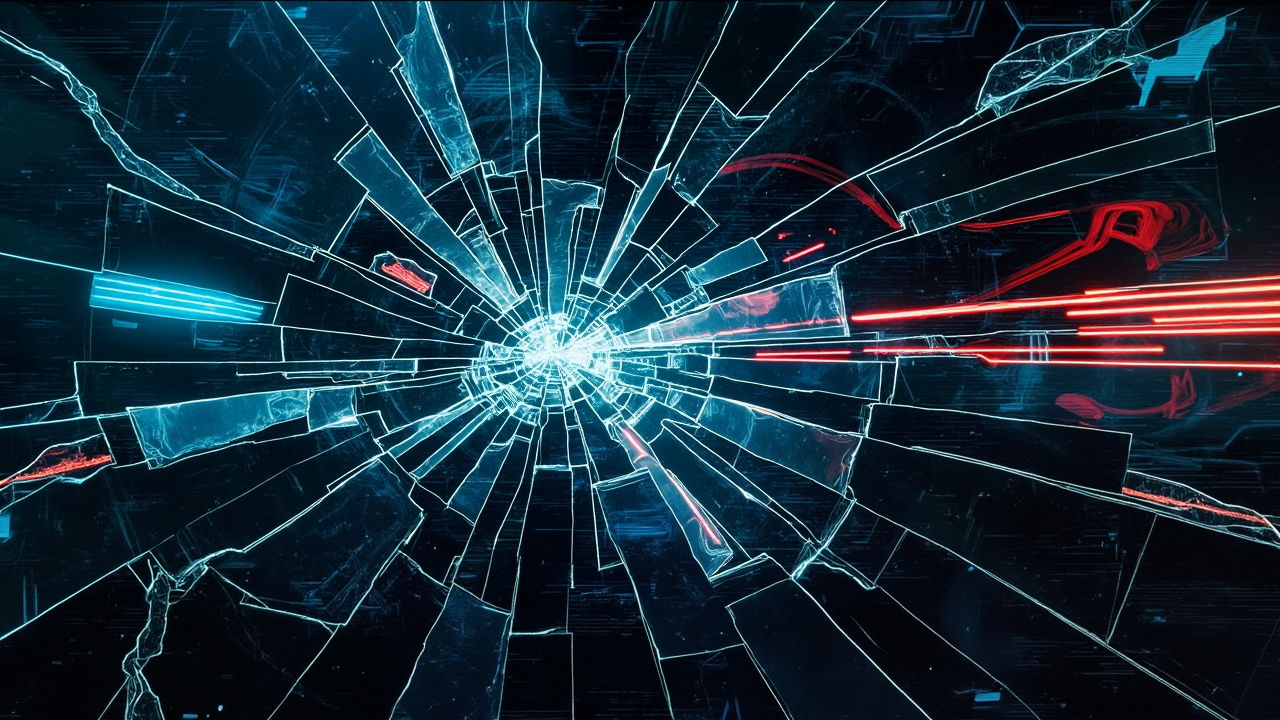Planarians' Remarkable Role in Regenerative Medicine

The exploration of regenerative medicine is a thrilling frontier in biotechnology, and the recent endeavors involving planarians, known for their remarkable regenerative abilities, add a captivating narrative to this ongoing story. With the recent launch of the Shenzhou 20 mission on April 24, 2025, a team of researchers has taken aboard 48 East Asian triangular planarians for an unprecedented space experiment aimed at unraveling the biological secrets of regeneration. This mission could be pivotal in understanding how these organisms can regenerate lost body parts, opening doors to potentially revolutionary applications in human medicine.
Planarians are flatworms with an extraordinary ability to regenerate. They can reproduce entire body structures even from mere fragments, demonstrating what seems like an almost magical prowess of life. For instance, a 2-centimeter planarian, when cut into four segments, can regrow into four complete worms. Scientists like Thomas Hunt Morgan and others have long studied these creatures to glean insights into the signals and genes involved in regeneration. With the recent discovery of shared genes between the planarian's regeneration mechanisms and human genes, this research takes on a new level of importance. The challenge has been to assess how microgravity conditions in space alter the regenerative processes. Initial studies suggest that microgravity could impact the molecular signals and cellular structures, thereby providing insights into the biological underpinnings of regeneration which may closely relate to human capabilities.
In addition to the core biological questions, this research offers tantalizing possibilities for future applications. Imagine a world where we could manufacture organs from our own cells, or where anti-aging treatments could become a reality by activating dormant biological processes. Such advancements could revolutionize health care, reducing transplant waiting lists and extending human lifespan in novel ways. The implications of potential memory storage in RNA, as suggested by planarian behavior, invite us to ponder even deeper questions about human consciousness and memory preservation. As scientists analyze the data obtained from these unique space-exposed organisms, we are compelled to ask: What other secrets may lie within the genetic makeup of these fascinating creatures, and how can they inspire the next wave of medical breakthroughs?
Read These Next

Frugal Innovation: Changing Lives with Local Materials
This article explores the concept of frugal innovation through examples of Indian start-ups creating affordable and sustainable products using local materials, highlighting their societal impact and contribution to economic growth.

BYD Unveils Latest Electric Vehicle Innovations in 2023
Li Yunfei of BYD addressed industry disputes, affirming compliance with regulations and highlighting NEV development challenges.

NatWest App Outage: A Reality Check for Banking Technology
An article examining the NatWest app outage, discussing its implications for banking technology and consumer frustration while highlighting systemic issues in fintech resilience.
